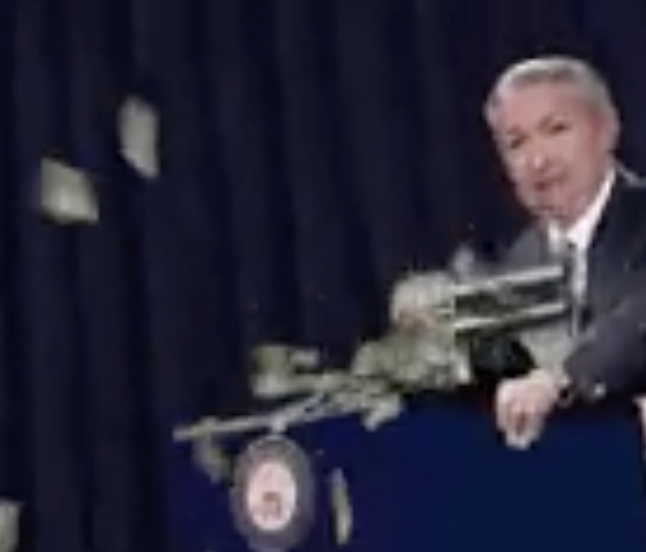Government: “We need to fight inflation.”
— Anthony Laurie (Энтони Лори) (@AnthonyALaurie) September 23, 2022
Also the Government: pic.twitter.com/9xB8CdrJUc
The Federal Reserve System is the central bank of the United States. It performs five general functions to promote the effective operation of the U.S. economy and, more generally, the public interest. The Federal Reserve
- conducts the nation’s monetary policy to promote maximum employment, stable prices, and moderate long-term interest rates in the U.S. economy;
- promotes the stability of the financial system and seeks to minimize and contain systemic risks through active monitoring and engagement in the U.S. and abroad;
- promotes the safety and soundness of individual financial institutions and monitors their impact on the financial system as a whole;
- fosters payment and settlement system safety and efficiency through services to the banking industry and the U.S. government that facilitate U.S.-dollar transactions and payments; and
- promotes consumer protection and community development through consumer-focused supervision and examination, research and analysis of emerging consumer issues and trends, community economic development activities, and the administration of consumer laws and regulations.
The Federal Reserve System is not “owned” by anyone. The Federal Reserve was created in 1913 by the Federal Reserve Act to serve as the nation’s central bank. The Board of Governors in Washington, D.C., is an agency of the federal government and reports to and is directly accountable to the Congress.
The Federal Reserve derives its authority from the Congress, which created the System in 1913 with the enactment of the Federal Reserve Act. This central banking “system” has three important features: (1) a central governing board—the Federal Reserve Board of Governors; (2) a decentralized operating structure of 12 Federal Reserve Banks; and (3) a blend of public and private characteristics.
The Board—appointed by the President and confirmed by the Senate—provides general guidance for the Federal Reserve System and oversees the 12 Reserve Banks. The Board reports to and is directly accountable to the Congress but, unlike many other public agencies, it is not funded by congressional appropriations. The Chair and other staff testify before Congress, and the Board submits an extensive report—the Monetary Policy Report—on recent economic developments and its plans for monetary policy twice a year. The Board also makes public the System’s independently audited financial statements, along with minutes from the FOMC meetings.
In addition, though the Congress sets the goals for monetary policy, decisions of the Board—and the Fed’s monetary policy-setting body, the Federal Open Market Committee—about how to reach those goals do not require approval by the President or anyone else in the executive or legislative branches of government.
Each of the 12 Reserve Banks operates within its own particular geographic area, or District, of the United States, and each is separately incorporated and has its own board of directors. Commercial banks that are members of the Federal Reserve System hold stock in their District’s Reserve Bank. However, owning Reserve Bank stock is different from owning stock in a private company.
The Reserve Banks are not operated for profit, and ownership of a certain amount of stock is, by law, a condition of membership in the System. The Reserve Banks are required by law to transfer net earnings to the U.S. Treasury, after providing for all necessary expenses of the Reserve Banks, legally required dividend payments, and maintaining a limited balance in a surplus fund. (https://www.federalreserve.gov/faqs/about_14986.htm)
The problem is – they are power mad and not very good at their job.
Using regular people mortgages as a fulcrum to control our economy is heartless and typical of wealthy elites. https://t.co/Ic9LmaiX58
— Alex Cameron (@AlexCam92478281) September 23, 2022
Watch this from one of the best Business Schools in the country (Trump went there)
Jeremy Siegel of the Wharton School ripping apart Powell and the Fed…
— Stephen Geiger (@Stephen_Geiger) September 23, 2022
“They Know Nothing” 2.0 pic.twitter.com/6F1NDHVh55

